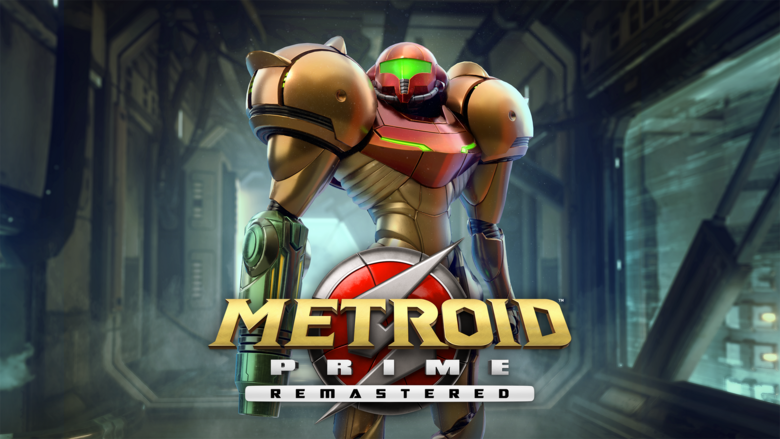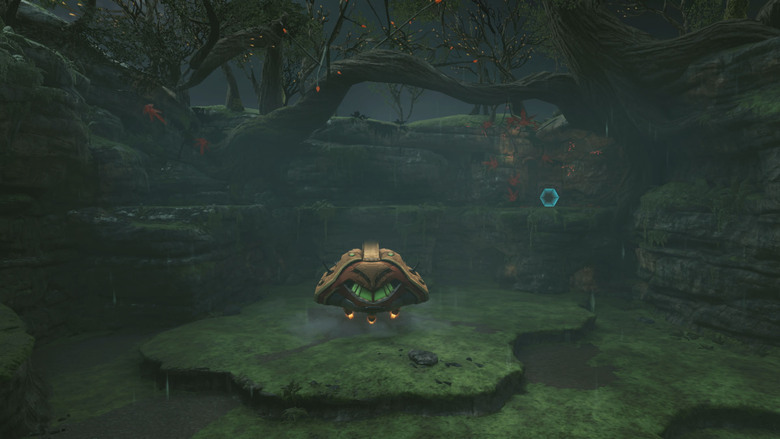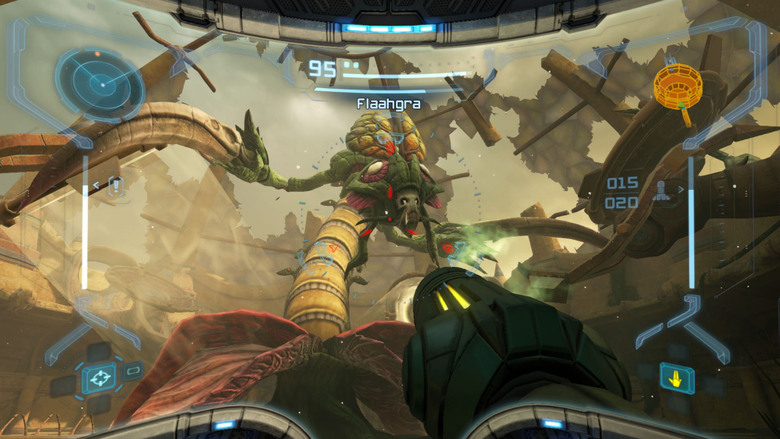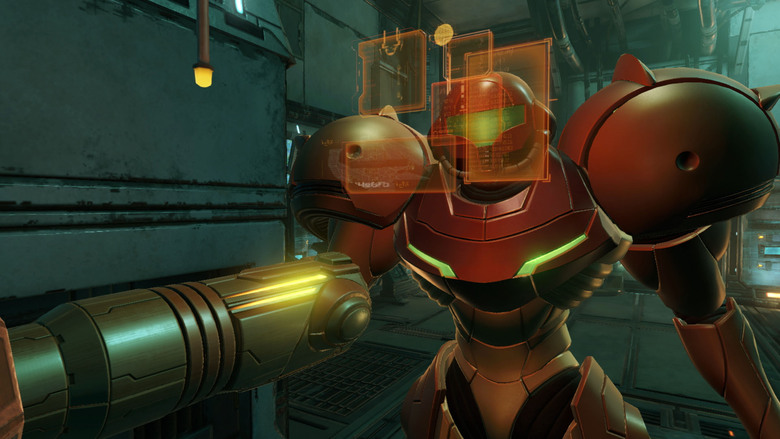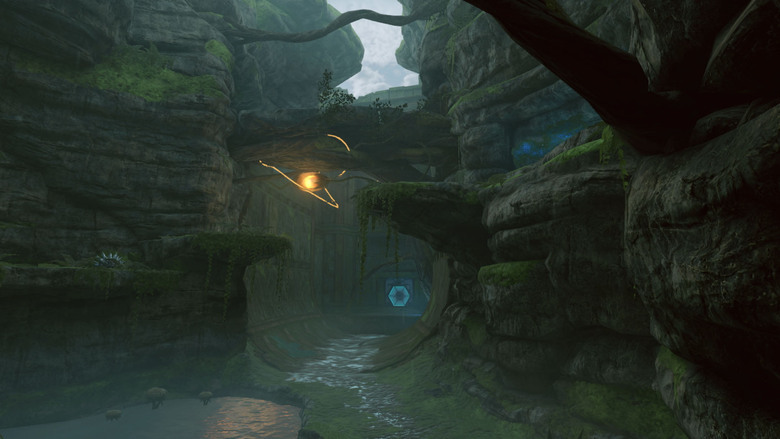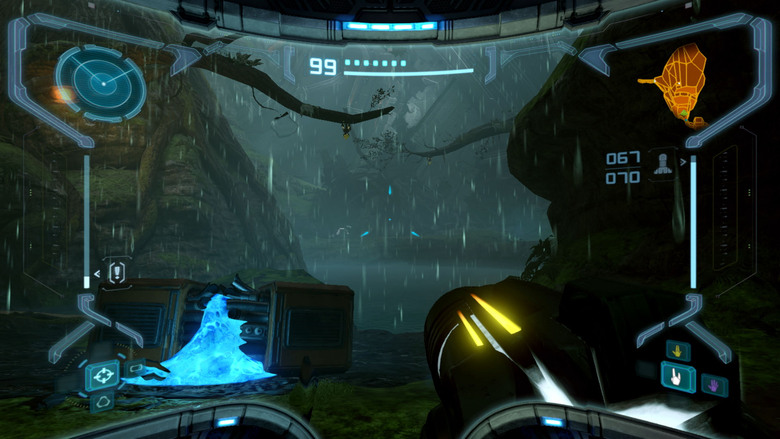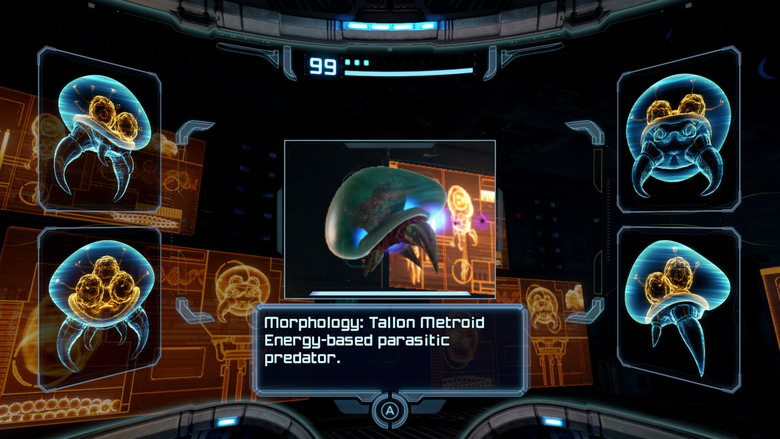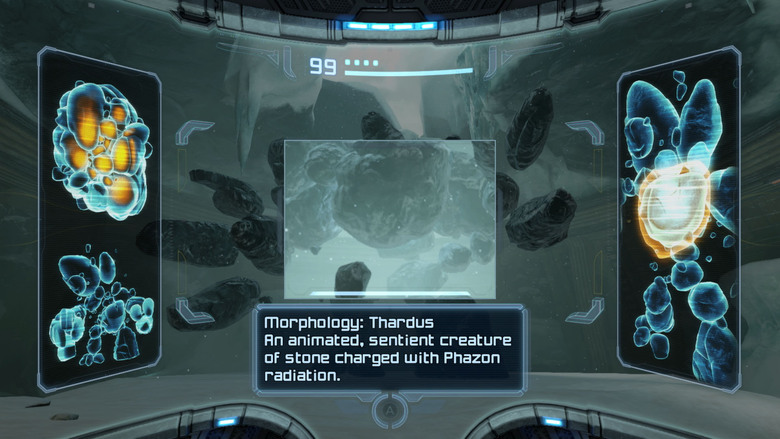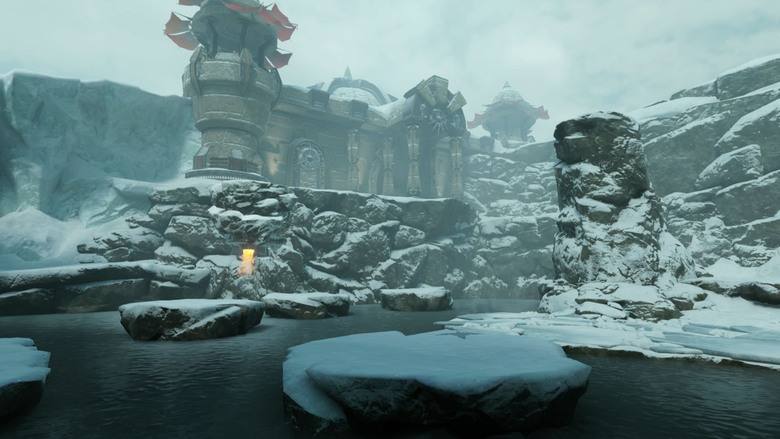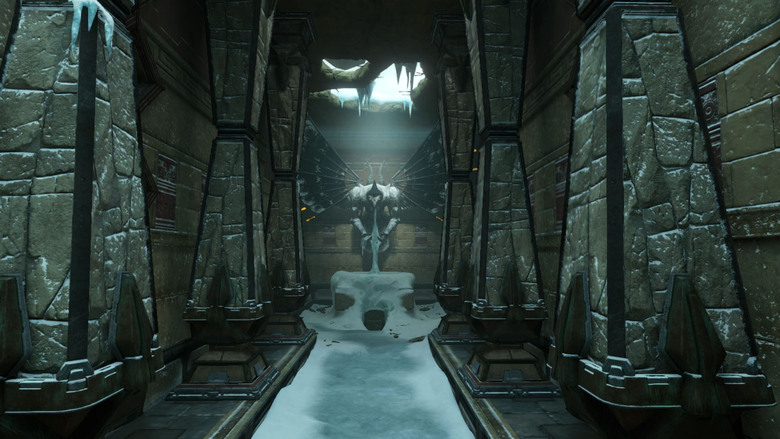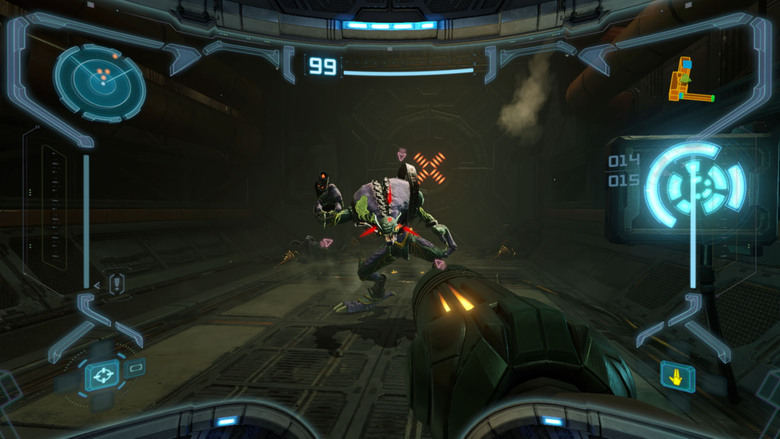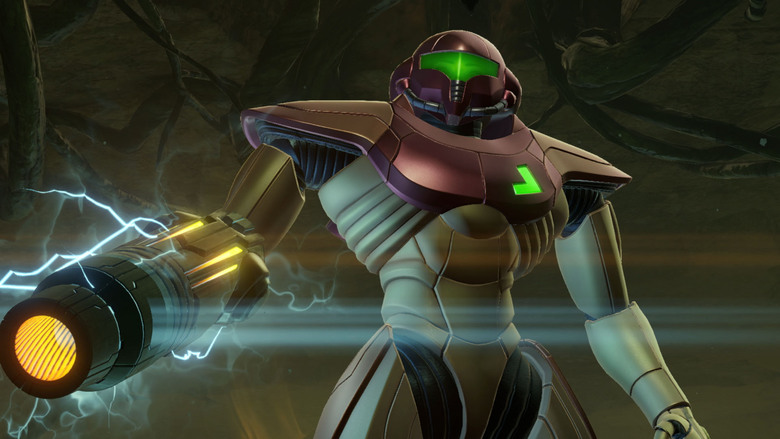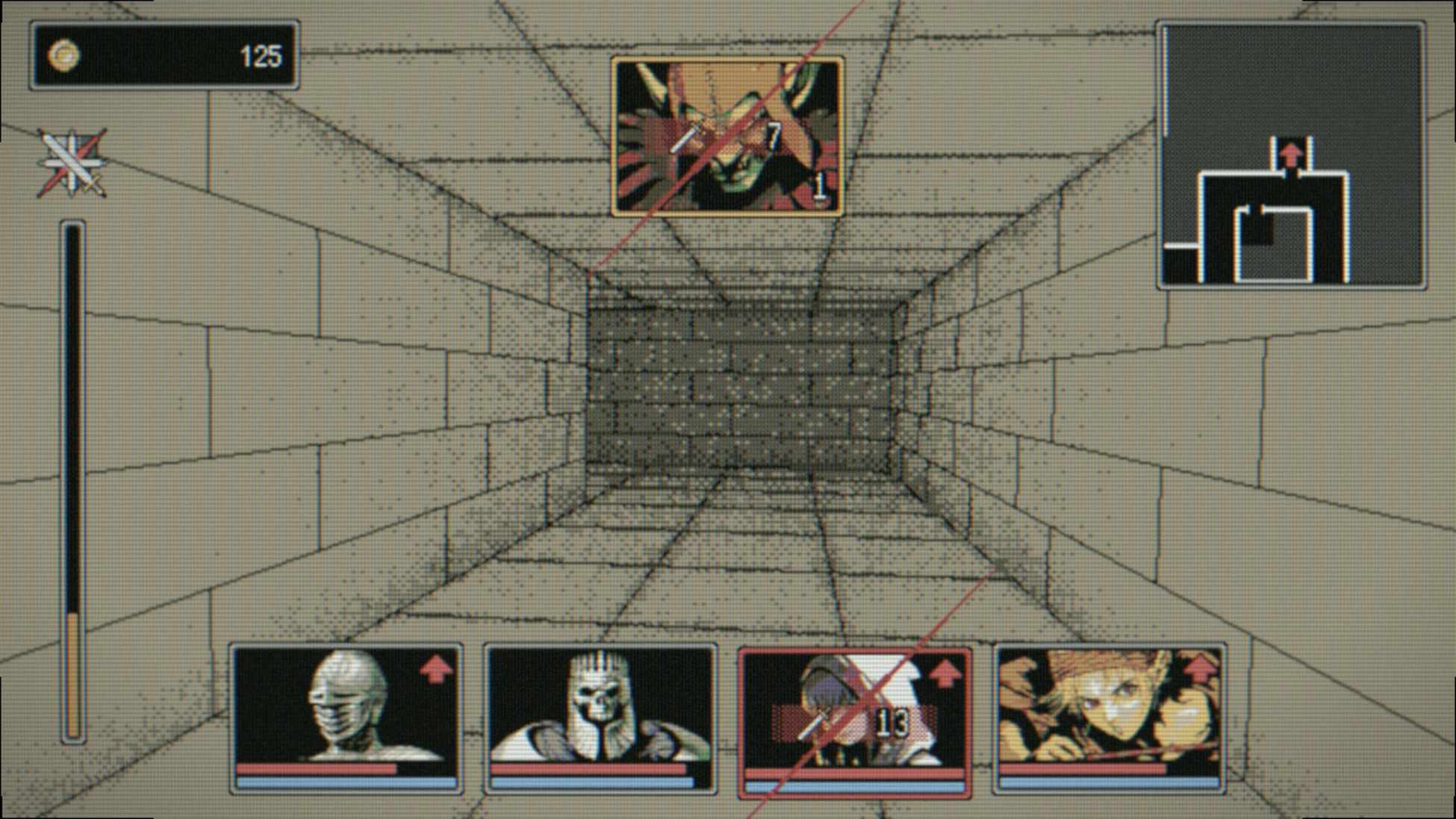For as far back as I can remember, I have always been the Nintendo kid. My parents bought my older brother an NES, and then the SNES, before I was born, so I was fortunate enough to cut my teeth on classic games like Super Mario Bros. 3 and Donkey Kong Country (as well as an assortment of random rentals, like Claymates). However, Metroid wasn’t even a series remotely on my radar. I didn’t know who Samus was when I finally got Super Smash Bros. 64, mistakenly believing she was somehow related to Captain Falcon because some of their fighting stances looked similar. It wasn’t until years later, when I went over to a friend’s house to hang out and play GameCube, that I was properly re-introduced to Samus Aran in Metroid Prime – a game so beautiful and groundbreaking that I was convinced video games could never look better than that. It was one of the defining games of the GCN era, in terms of gameplay, atmosphere, graphics, and sound design – and I believe that Metroid Prime Remastered is going to be the same for the Switch.
Do you think you’re ready to explore Tallon IV?
The fact that Nintendo not only revealed that Metroid Prime Remastered was a real thing, but also released it that same day will easily be a Top 10 Nintendo Direct moment for me. After years of rumors and speculation and waning hope, Metroid Prime was coming back and looking better than ever, with the visuals being the obvious and immediate standout improvement. Within 24 hours of the game’s release, comparison videos had already flooded the internet, revealing that Metroid Prime Remastered seems to be using the same code of the original 2002 game, just with a fresh coat of paint. But the longer I sat with the game and journeyed through the world of Tallon IV, the more obvious it became that Metroid Prime Remastered doesn’t look or feel like a remaster, but something more akin to a remake.
The textures and character models weren’t just upscaled to look better for modern TVs; they were completely remade using a new version of the original game’s engine, on top of the game using a new lighting system, improved particle effects, and enhanced physics. The visual fidelity is simply staggering. The new textures are sharp and detailed, even up close, and there’s very little texture or asset pop-in, even when there’s a lot happening on-screen.
The visuals are made all the more impressive by the fact that the game runs at a buttery smooth 60 FPS (a feat that Retro Studios was also able to achieve on the GameCube). As others have said, this remaster looks how I remember the original looking. But, more than that, Metroid Prime Remastered made me feel like I was a kid again, playing through Metroid Prime for the first time – and this was largely thanks to the new Dual Stick control scheme, which the game thankfully treats as the standard controls.
I like to imagine Samus looks at the pause menu like this.
As the name implies, the Dual Stick control scheme utilizes both control sticks for movement and aiming, making the game operate more like your standard run-and-gun first-person shooter, rather than the “stop and shoot” method utilized by the GameCube version’s single stick controls. Interestingly, you can opt for the Classic control scheme in Remastered if you really want to replicate the experience of the original.
There is also a Pointer control scheme that uses gyro controls for movement and aiming, similar to how Nintendo handled Skyward Sword HD’s motion controls, as well as a Hybrid control scheme that combines the Classic controls with motion controls for aiming. While I love that Retro Studios has given the player so many options, having tried all of the different schemes, I believe they were correct in making Dual Stick the standard for this remaster; not only does the updated control scheme make combat feel more engaging and tactile, it makes exploring the world much more immersive and enjoyable.
“If you’ve never played a Metroid game, this is the perfect entry point.”
I am astounded at how good this game plays after 20+ years. The level design is second to none, and this remaster further emphasizes the “first-person adventure” moniker that Nintendo gave the game when it first released. There is the point of view that Metroid Prime couldn’t have been classified as a first-person shooter because it lacked dual stick controls, but if that were the case you couldn’t call GoldenEye 64 a first-person shooter either – and that was the definitive console shooter game of its generation! No, I’ve always maintained that Nintendo marketed Metroid Prime as a first-person adventure game because that is what the game emphasizes – adventuring!
So much to do, even in this one little area.
There are long stretches of the game where there is little to no combat, instead letting the player focus on solving puzzles or finding hidden upgrades. In many ways, the combat feels almost secondary, which makes Metroid Prime stand out all the more against games like Halo or Call of Duty. It’s no wonder that, prior to Dread, Metroid Prime was the highest selling title in the Metroid franchise; it offers a totally different style of 3D, first-person gameplay, while still retaining the feel of a 2D Metroid game in how it requires the player to find new weapons, visors, and suits to unlock new areas of the world (or open up new sections of previously explored areas). Very few modern first-person shooter games have been able to achieve this type of gameplay and traversal, so it’s quite refreshing to experience it all over again with Metroid Prime Remastered.
You can’t get through this area without the right upgrades.
Now, if I were to file any real sort of complaint against this game, it would be that Retro didn’t really implement any quality of life updates. There is no auto-save feature, so if you die in-between save stations you will lose all of the progress you made since your last save. There are no obvious hints or indicators of what to do throughout the game – save for the occasional environmental alert that tells you “hey go to this general area,” which can make it rather easy to get lost as you try to figure out what to do next – especially because there is no way to pull up those hints again after they leave the screen. There is also no % completed log on your map or flags for powerup locations, so you don’t know if you’ve cleared out an area and no longer need to explore that section of the world. This becomes particularly tiresome in the last leg of the game when you need to backtrack and find a bunch of hidden artifacts to unlock the final area of the game.
Oh yes, there are metroids in this game.
I mainly bring these things up because those quality of life updates are pretty standard for video games in 2023, many of which are found in other Metroid games like Fusion, Samus Returns, and Dread. The lack of these elements is not inherently a bad thing, nor do I think it should preclude anyone from trying this masterpiece of a game. You could even make the case that Metroid Prime Remastered refuses to hold the player’s hand in any sort of meaningful way, which is totally fair. I was just surprised that Retro Studios chose to leave the game that in-tact with little to no gameplay changes for this new version. And I suppose, in this regard, the game really is more of a remaster than a remake.
“The absolute thrill of self-discovery in this game is unmatched.”
However, as annoying as I found the lack of direction at times, the absolute thrill of self-discovery in this game is unmatched. It can be tempting to use a guide, and sometimes I had to, but the sheer euphoria of solving a tricky puzzle, or finding a hidden upgrade that you can hear but not see, or unlocking a new area is indescribable. Just a pure rush of endorphins each time. A lot of the combat in Metroid Prime is also designed like a puzzle, with different enemies having different weaknesses or resistances. You can learn how to defeat them by scanning them with your visor to get limited information, or just by simple trial and error. The game throws a lot at you, and it’s up to you to figure it out one way or another – but whatever you decide, you’re doing so on your own.
I do love a good rock monster.
In many ways, this sense of isolation in Metroid Prime is what makes the game truly shine, and the isolation is only made more palpable in Remastered. Shadows are more ominous, enemies look fiercer, and the environments feel more real than ever before thanks to the various visual upgrades. Samus is also the prototypical silent protagonist – not a single word is uttered in this game – which adds even more depth to the feeling of being alone on a strange, alien world.
I’ve always really admired how far Metroid Prime leans into these feelings of isolation. Yeah, most Metroid games are just Samus alone on a planet, but Prime was the first game to put the player behind the visor, the first game to make you feel like you were alone. Not even Prime 2 or 3 hit quite the same high as the OG in that regard. I also think that Prime hits hardest thanks to the moody, atmospheric soundtrack by Kenji Yamamoto and Kouichi Kyuma. The score in Remastered doesn’t sound like it got reworked, but it still sounds amazing all the same and does a wonderful job at fleshing out the game and making you feel like you’re actually on Tallon IV.
Phendrana Drifts might be the prettiest area of the game.
I also still love how there is no real narrative to the game, no obvious story, but you can piece one together yourself by scanning all the space pirate logs and Chozo lore tableaux scattered throughout Tallon IV. It’s genuinely a refreshing change of pace from other modern games that spoon-feed you the story. Same thing with the puzzle solving – you don’t have a computer or sidekick interrupting you every five minutes with a hint or solution, and Samus doesn’t narrate her every move. The game lets to take or leave whatever you want, allowing you to focus on your adventure first and foremost.
The Chozo temples are really something.
As the saying goes, “they really don’t make ‘em like they used to,” and it’s wild how good Metroid Prime still is in 2023. That said, the only part of the game that really shows its age is the enemy AI. Most of the time it’s fine – I don’t need the planet’s native creatures to have advanced directives – but the space pirates tend to just… stand there a lot of the time. Sometimes they will immediately descend on Samus as you enter the room, but other times they will not react to your presence until you trigger some invisible perimeter that triggers their movement, even when you’re standing in their eye-line.
It could be that this is more of an artifact of the game’s original single-stick control scheme, which severely limited your view and movement, rather than an AI issue; so by adding the Dual Stick option the game becomes inherently easier to contend with than originally intended. Either way, I’m not particularly mad that the enemies aren’t more proactive or aggressive – some of the boss battles are still a pain and a half – it’s just more an observation of how well Retro Studios preserved the original game with minimal alterations, for better or worse depending on your point of view.
Lowly space pirates are no match for Bounty Hunter Samus Aran.
It feels like a miracle to get such a glorious remaster of one of the best games of all time, let alone one that looks and runs as well as it does on Nintendo Switch hardware. The closest approximation to this level of remaster / remake that I can think of would be Wind Waker HD on the Wii U. Nintendo similarly reworked much of the original game’s graphics as a testing ground for building a modern, high-definition Zelda game, which would eventually turn out to be Breath of the Wild. Could Metroid Prime Remastered be a sign of things to come for Retro Studios and Metroid Prime 4? Only time will tell, but in the meantime it will be interesting to see how this game fares sales-wise in the coming months.
A woman of few words, but so many missiles.
Metroid Prime remains, in every sense of the word, a masterpiece – and Metroid Prime Remastered is a further refinement of said masterpiece. Not only does the core game hold up more than two decades later, it still stands in a league entirely its own, outshining many modern games with its intuitive level design, engaging boss battles, clever puzzles, and gorgeous art direction. From the opening sequence to the end credits, few games will give you such a consistent feeling of wonder and accomplishment. If you’ve never played a Metroid game, this is the perfect entry point – especially if you’re not a fan of 2D platformers but still want to experience the magic of Metroid in a 3D space. There just isn’t anything else like it, even to this day.

